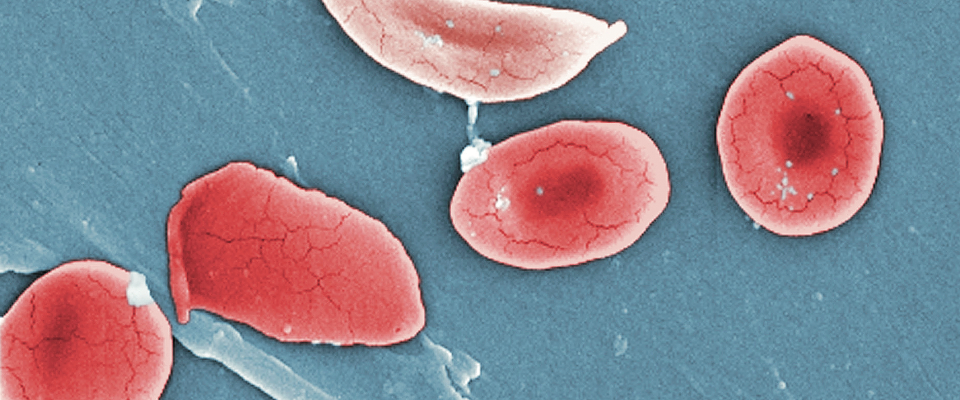Prickly ethical and political issues are rarely circumvented by a technical trick in a laboratory. But that’s what Shinya Yamanaka appears to have achieved. A former UCSF postdoctoral researcher who later became a stem cell scientist in his native Japan, he’s returning to the Bay Area to work his scientific magic at the UCSF-affiliated Gladstone Institute of Cardiovascular Disease.
In November, Yamanaka got the world’s attention after his associates at Kyoto University in Japan figured out how to transform human skin and tissue cells into seemingly perfect embryonic stem cells. Hence, in the near future, scientists may no longer have to obtain embryonic stem cells from the traditional, controversial source—human embryos. Both sides of the stem cell debate, ranging from top scientists and liberal Democrat politicians to Bush Administration officials and Catholic right-to-lifers, welcomed his feat.
Yamanaka’s trick is to inject genes attached to retroviruses into human somatic cells (specifically, facial skin cells and connective tissue from joints). Guided by the genes, the retroviruses reprogram the cells, making them behave like embryonic stem cells.
In mid-2006, the Kyoto team showed they could change skin cells from mouse tails into embryonic stem cells by injecting them with four specific genes. The news sparked a global race by scientists eager to do the same thing with human cells. In late November 2007, his Kyoto team and James A. Thomson’s group at the University of Wisconsin simultaneously reported they had turned human tissue cells into “induced pluripotent” embryonic stem cells—Yamanaka by using the same four types of genes that he had injected into mice, and Thomson by using a partly different genetic combination. Pluripotent cells can grow into any type of body cell—nerve cells, heart cells, kidney cells—you name it. Yamanaka’s results were published in an online edition of the journal Cell.
Yamanaka admitted to reporters that after his many months of 14-hour days in the lab, his experimental success left him feeling “bowled over.” He cautioned them: “We are still a long way from finding cures or therapies from stem cells.” One worry: Retroviruses sometimes cause cellular mutations and cancers. Scientists are now trying to figure out how to transform the somatic cells without using retroviruses.




















